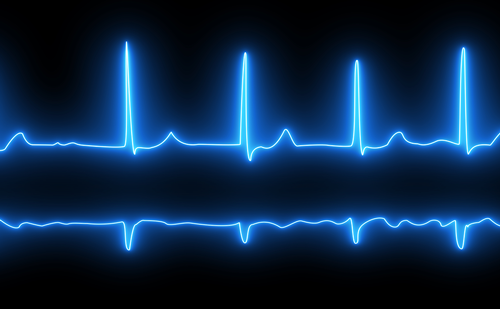Introduction: Characterising patient-specific atrial fibrillation (AF) phenotype may lead to individualised approaches and improve ablation outcomes. Our novel mapping approach based on signal recurrence plots has not previously been applied to whole chamber, bi-atrial recording of AF.
Methods: Simultaneous bi-atrial 30s AF recordings were obtained using non-contact charge density mapping prior to ablation. Mean phase coherence was calculated for each whole chamber and anatomical segments for all combinations of two different time points resulting in a chamber recurrence matrix where a value of 1 (purple, see Figure 1 panel A) represents uniform repetitive conduction, and 0 (red), irregular, non-repetitive activity. The mean value of the matrix (whole chamber/global and region) was calculated to give the recurrence index (RI). Activation patterns identified using charge density mapping (localised rotational and irregular activation [LIA and LRA] and focal firing [FF]) were quantified with binomial logistic regression used to identify predictors of acute AF termination with ablation.
Results: Recordings were obtained in 21 patients (5 pAF, 16 persAF) undergoing de-novo ablation procedures. Recurrence matrices revealed regions with organised activation corresponding to emergence of a dominant focal activation (Figure 1A-B). Global RI was higher in patients with paroxysmal vs persistent AF (0.40 ± 0.08 vs 0.35 ± 0.05; p<0.0005) and when AF was induced (p<0.0005). Regional RI had strong inverse correlation with complexity measured by the frequency of LIA (r=-0.66; p<0.0005). Global RI was the strongest univariate predictor of acute outcome (p=0.0007) and remained significant in multivariate analysis (Figure 1C).
Conclusion: Recurrence matrix mapping characterises whole chamber and regional AF complexity and predicts acute procedural outcome. Identifying periods with high organisation may reveal “drivers” that can be targeted with focal ablation.

















